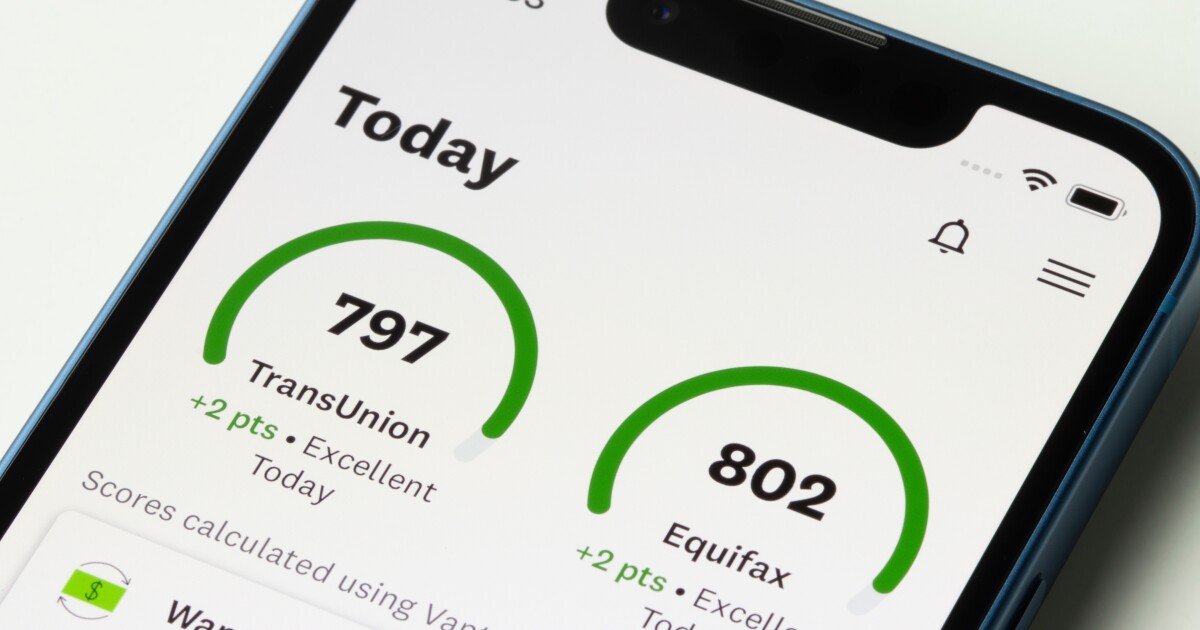
Trended credit data that's increasingly required for mortgages can help improve forecasts around industry risks that the
This type of data, which shows borrowing over time rather than traditional snapshot-style glimpses of debt obligations, can "refine and improve model forecasts" for prepayments and delinquencies, according to a new Andrew Davidson & Co. research.
"Among other trends, we found consumers with a mortgage who consolidate balances on revolving charge or credit cards are more likely to prepay their loans and less likely to fall behind," said Joni Baker, lead modeler at Andrew Davidson & Co., in a press release.
The findings are of interest not only due to the rate shift, but because
For its study, Andrew Davidson examined anonymized trended data from Experian reflecting balance transfer, debt consolidation and payments from cards. The research also compared the trended data to a type of traditional credit score that only includes static information.
Among borrowers who consolidate, the study found that the current-to-delinquent rate was 25% lower than the average for their 20-point credit score bins.
The research also found that carrying revolving debt and having a "close to minimum" payment ratio is "highly predictive of going delinquent in the subsequent month."
Andrew Davidson & Co. found this to be particularly likely in situations where borrowers exhibited a different type of payment activity at origination, and the change occurred after their mortgages closed, according to the research.
Borrowers that carry revolving debt make relatively small payments and are in lower score bins, indicating they have somewhat poorer credit histories based on traditional measures. They can have roughly a 39% higher than average current-to-delinquent rate.
The current-to-delinquent rate for borrowers with similar trended data profiles but who are in higher credit-score bins was 23% higher than average, according to the study.



